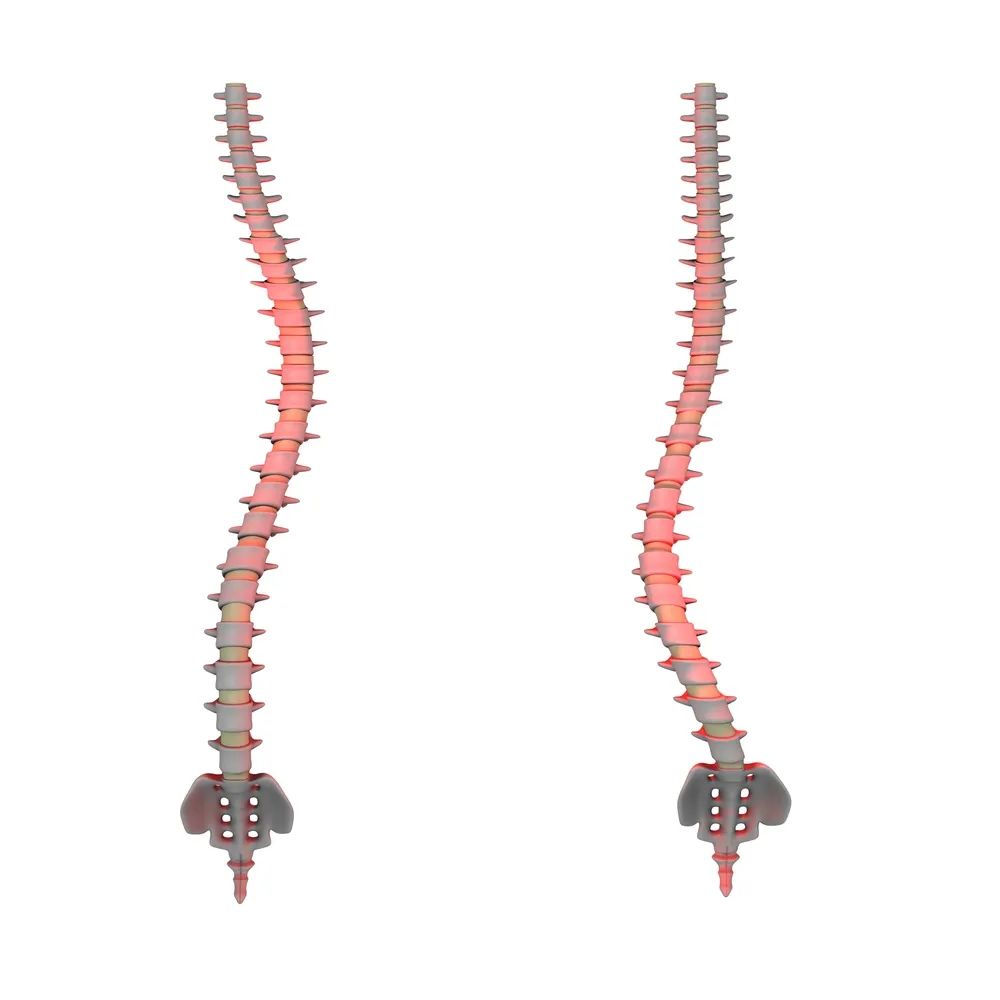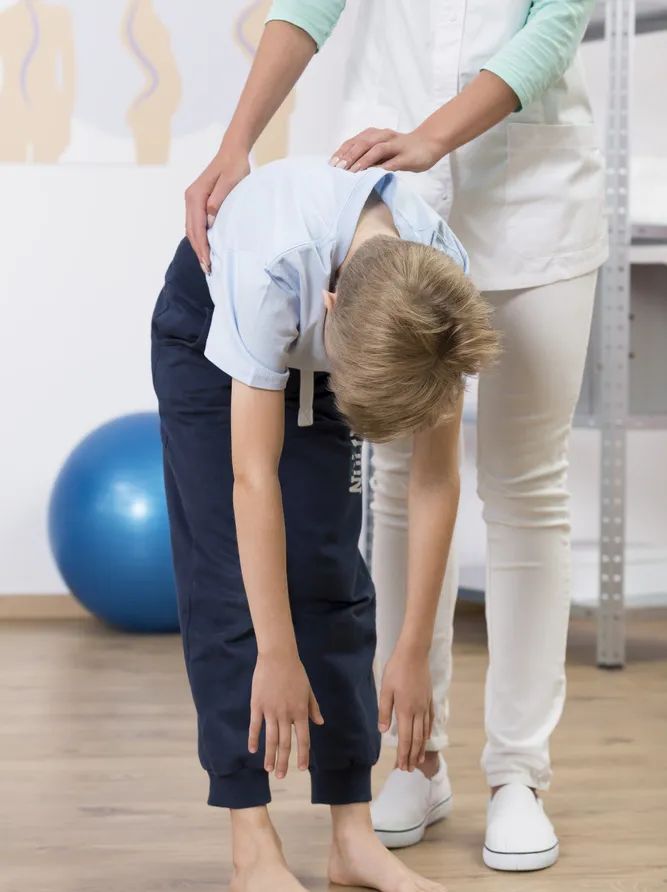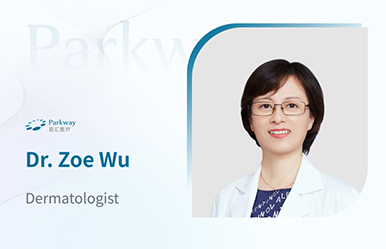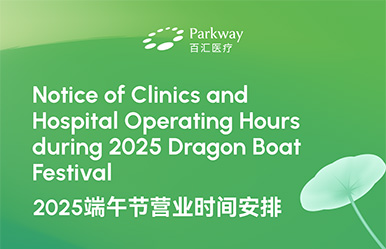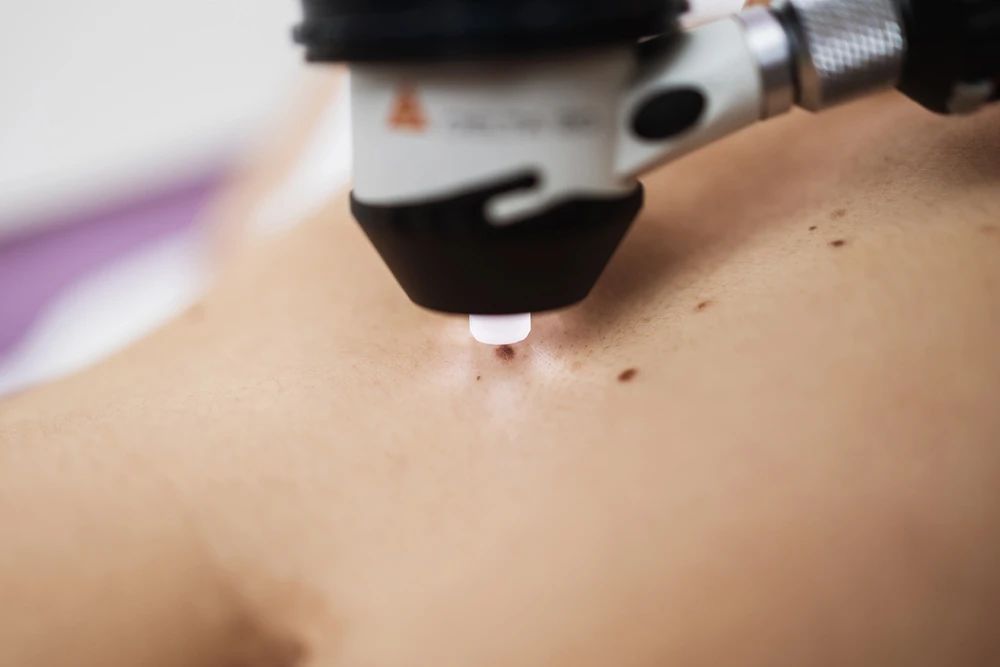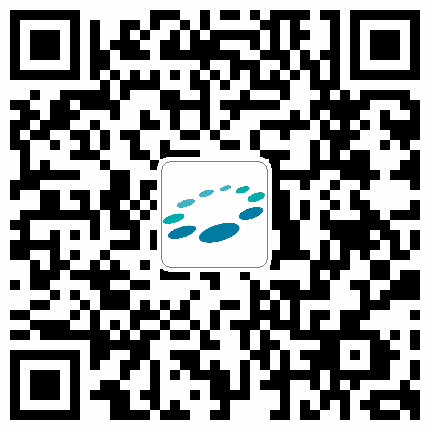What to Know About Adolescent Scoliosis
2022-11-08
PARKWAY 百汇医疗 Scoliosis is a sideways curvature of the spine that most often is diagnosed in adolescents. The primary age of onset for scoliosis is 10-15 years old. Most cases of scoliosis are mild, but some curves worsen as children grow. Severe scoliosis can be disabling. An especially severe spinal curve can reduce the amount of space within the chest, making it difficult for the lungs to function properly. Idiopathic scoliosis is the diagnosis when congenital and neuromuscular causes are excluded. Adolescent idiopathic scoliosis is the most common type of scoliosis and is usually diagnosed during puberty. Depending on its severity and the age of the child, scoliosis is managed by close observation, bracing and/or surgery. Children who have mild scoliosis are monitored closely, usually the doctor examine the child every four to six months throughout adolescence with X-rays to see if the curve is getting worse. In many cases, no special treatment is necessary; however, once the curvature is getting worse, some children could need to wear a custom-made brace to stop the curve from worsening. Braces are only effective in patients who have not reached skeletal maturity! Some severity may need surgery to straighten severe curves. Signs and symptoms of scoliosis may include: Uneven shoulders One shoulder blade that appears more prominent than the other Uneven waist One hip higher than the other One side of the rib cage jutting forward A prominence on one side of the back when bending forward How do you best prevent, treat, and manage the above disorders? When there is a confirmed diagnosis of scoliosis, there are several issues need to assess: Age and bone maturity – is the children still growing? Menstruation starting or not yet Location of curve – thoracic curves seems more likely to progress than curves in other regions of the spine. Degree of curvature – how severe is the curve Development of curve progression –large curves prior to their adolescent growth spurts are more likely to experience curve progression. Possibility of Other secondary problem- Dissymmetry of length of leg,unbalance of pelvic, flat feet etc. When to see a doctor Go to your doctor if you notice signs of scoliosis in your child. Especially if the parent knows that one of them self also has scoliosis. Mild curves can develop without you or your child knowing it because they appear gradually and usually don't cause pain. Occasionally, teachers, friends and sports teammates are the first to notice a child's scoliosis. Parkway is part of IHH Healthcare, one of the largest healthcare providers in the world by market capitalization. Its operates 80 hospitals with more than 15,000 beds in 10 countries. Parkway first arrived in China in 2004. In 2006, Parkway opened its first medical center in Shanghai, bringing world-renowned quality healthcare to China. Through the acquisition of World Link Group in 2007, Parkway becomes Shanghai's largest foreign-owned medical network. Parkway China is a leading international healthcare provider. With a team of nearly 100 internationally trained physicians, we now operate 8 medical facilities conveniently located in Shanghai, Chengdu and Hong Kong offering more than 40 specialties. We work closely with the best local hospitals with which we share our knowledge and expertise to ensure the best services possible to our patients. We have established direct billing services with over 50 insurance companies. We provide both outpatient and inpatient care for adults and children. Our services include: Family Medicine, Adult Medicine, Pediatrics, Gynecology, Dentistry, Cardiology, ENT, Gastroenterology, Ophthalmology, Dermatology, General Surgery, Orthopedics & Sports Medicine, Urology, Beauty & Skin Care, Psychiatry, Traditional Chinese Medicine & Acupuncture, Osteopathy, etc.